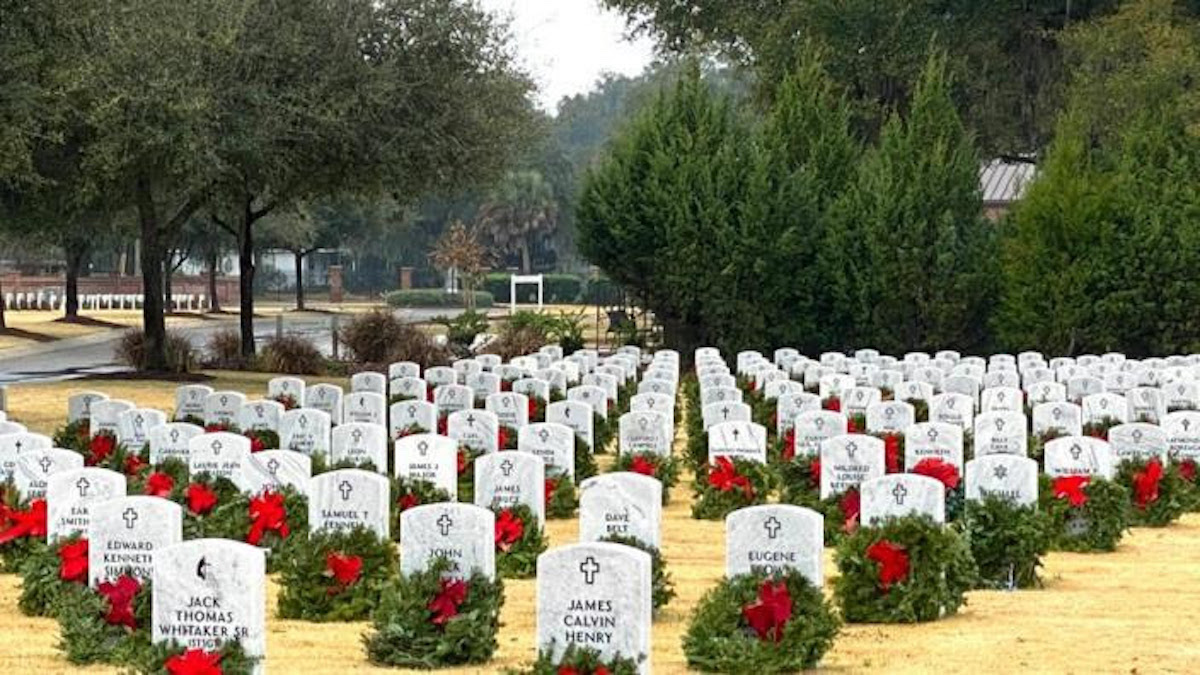By Larry Dandridge
A military veteran of many deployments to the war in Afghanistan once said, “I feel for the COPS in America. In the military we got deployed a number of times. But a COP is deployed every day or night and he puts on the uniform and proudly does his duty.”
It is evident that people outside of law enforcement have little idea of the stress, danger, trauma, and challenges that are inherent to being a police officer. COPS need to be social workers, rescue responders, marriage and family therapists, animal control specialists, medical providers, good Samaritans, mental health specialists, warriors, juvenile counselors, social justice advocates, and more.
To say the least, working in law enforcement is one of the most dangerous jobs in America. No other profession asks so much from so few, with so little compensation, support, and understanding, as we ask from police officers.
When people find out I was a police officer for 11 years and have worked as a continuous improvement consultant to the Federal Law Enforcement Training Center, Army Military Police, and Customs, they frequently ask me questions like:
Why don’t the police just shoot the gun out of the hands of people who are threatening to kill or seriously injure the officer or others? When can and should a police officer use deadly force?
Why do police sometimes shoot teens, when they are only holding a BB, replica, or toy gun? When can a police officer shoot a fleeing felon?
When can a police officer use a choke hold? Why do the police need armored vehicles and other military type equipment? What risks do police face?
Why do the COPS not chase down every person who flees from them in a vehicle? Why do some COPS read suspects the Miranda warning and some do not? Do COPS really profile people of color to make traffic stops?
In future editions of The Island News, I will attempt to answer these and over 40 other questions that the public needs answers to. The purpose of this column is to:
Educate citizens on what they should know about police officers, their use of force authority, and the stress, challenges, and risks of the police profession.
Improve the understanding, communication, transparency, trust, accountability, and cooperation of our police officers and the communities they serve.
Encourage citizens to: attend citizen police academies, start neighborhood watches, encourage teens to join Police Explorer programs, make suggestions and complaints, promote veteran courts, report crimes, encourage increased funding for mental health services, promote social justice, and practice good personal security measures.
Rally support for improved recruiting, screening, training, and management of those brave men and women and their families who serve so selflessly.
Question 1: What kind of risks are involved in police work?
The short answer. Deadly assaults, heart disease, vehicle accidents, being hit by vehicles while standing in or near roads, falls, trips, trauma, divorce, and suicide take a heavy toll on police officers. As a past police officer, people ask me frequently, “Were you not scared of being shot or stabbed to death by someone, when you served as a COP?” My answer was always:
“No, I could handle persons trying to hurt me with a gun or other hand held weapon through my training and experience. It was driving and riding in vehicles, which accounted for more than half of my duty time, and standing in and near roads that scared me. That is because I knew if someone crashed into me while I was in a vehicle or decided to drive under the influence, recklessly, texting, or too fast for conditions, I could do almost nothing to prevent it. I also always worried about not getting enough sleep and exercise, as they are both hard to find time for in a law enforcement career.”
According to the National Law Enforcement Memorial Fund Web site at https://nleomf.org/facts-figures:There are more than 800,000 sworn law enforcement officers serving in the USA, the highest figure ever. About 12 % of law enforcement officers are female (96,000) and about 30% (240,000) are made up of racial and ethnic minority officers.
There have been more than 22,000 officers killed in the line-of-duty. More than 1,675 law enforcement officers died in the line-of-duty during the past 10 years, an average of one death every 54 hours or 163 per year. According to the FBI’s Uniform Crime Report 2018 LEOKA report, there are about 59,000 assaults against officers each year. The deadliest day in law enforcement history was September 11, 2001, when 72 officers were killed while responding to the terrorist attacks.
The next two articles will cover when officers can use force and an article about the Beaufort County Sheriff’s Office and its special certifications, services, and challenges.
Larry Dandridge is an honors graduate of three police academies and a DoD Counter Terrorism course graduate. He served as a police officer and deputy sheriff in AL and MO. He has also worked as a consultant with the Federal Law Enforcement Training Center in GA and SC, and the Military Police and Customs operations in TX. An accomplished writer and motivational speaker, the owner of TVV Publishing, a retired Army Test Pilot, the author of the award-winning BLADES OF THUNDER (book One), a retired Aerospace Industry Region Manager, a past University Business, Writing, and Aeronautics Instructor, and volunteer Patient Adviser at the RHJ VA Medical Center, he writes two columns, as a free-lance writer, for the ISLAND NEWS, the Veterans Benefits Column and the What Citizens Should Know About Policing Column. You can contact Larry at his email, LDandridge@earthlink.net.








